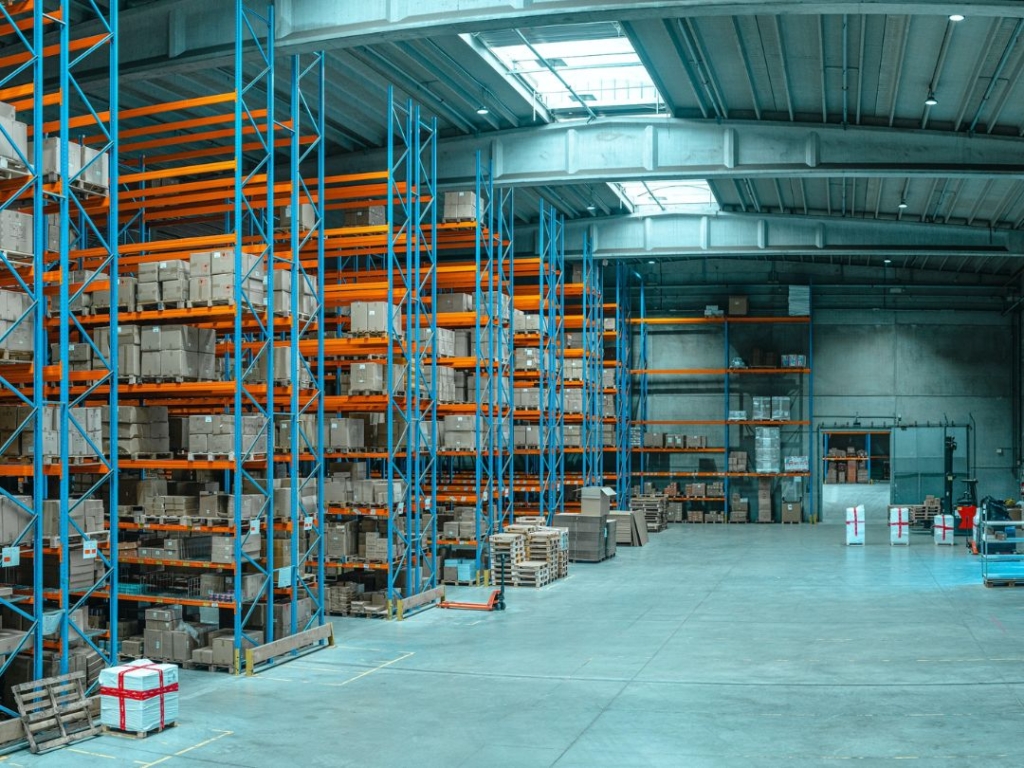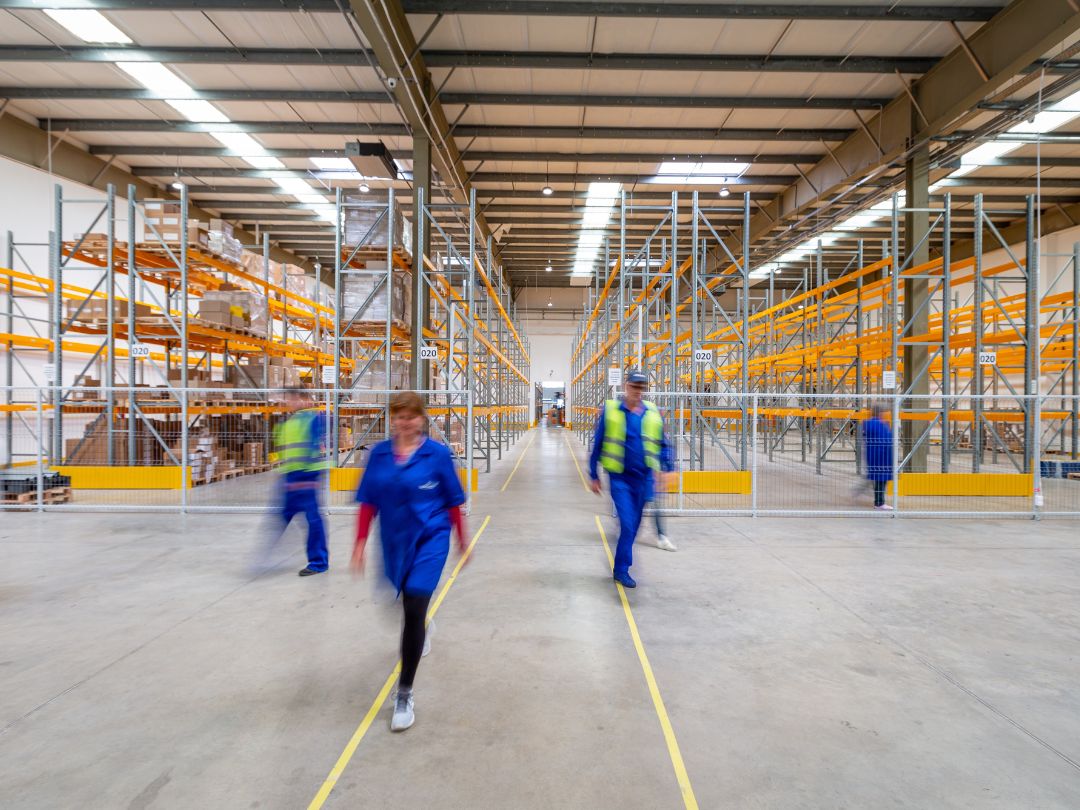Listen To The Article
Slowly but steadily, India’s real estate is expanding after pandemic. When we talked about a decade ago, two major pillars supported property demand and prices, that is, residential and commercial. However, new segments such as data centres, logistics, and warehousing have recently influenced them.
The pandemic has speed up the growth of new businesses such as e-commerce, digitalization, and work-from-home culture, which has aided real estate development in micro markets located outside of urban areas.
The warehousing industry is buzzing as life returns to normalcy and online shopping gains traction. Experts predict an increased demand for institutional investment in Indian warehousing in the aftermath of a booming e-commerce wave.
How Does Investing In The Warehousing Sector Pay Off?

Investors and developers continue to be drawn to land. Large financial players are eyeing prime land in key locations across India to deploy development across real estate asset classes, with warehousing being one of the main projects overall.
According to a global realty firm’s projections for the next five years (2022-2026), the e-commerce segment is expected to take up significant space (estimated at 98 million square feet), representing a 165 percent increase over the preceding period of Financial Year 2017-2021.
Third-party logistics and other sector firms are expected to take up 56% (83 million square feet) and 43% (53 million square feet) more space, respectively. According to a top real estate firm’s research report, from January 2022 to the present, various entities closed at least 28 separate land deals totaling over 1,237 acres across the country.
At least 18 transactions make 351 acres have been completed for multiple residential projects in various cities. At least three deals totaling more than 115 acres are proposed for data centres, while two deals sum up more than 63 acres are proposed for logistics and warehousing projects.
Source- Money control




